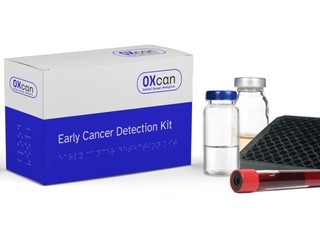

What was the problem? Plain and simple: Beer companies are not media companies.
“If the networks can’t continuously produce that [volume of content], how can a beer company?” said Keith Levy, vice president of marketing at Anheuser-Busch, in an Ad Age article.
Indeed, online video is still in its nascent stages. Traditional media companies – whose business is to make programming – are still trying to figure out what works online.
The ongoing debate is that short-form rocks online while long form is better suited for television. Moreover, online video has yet to break out and attract billions of advertising dollars (though that is likely to change in the next couple years).
Clearly, Bud.tv – with an emphasis on ‘original’ video content – was ahead of its time.
Additionally, Bud.tv was burdened with popularity. It had too many fans, and high expectations. A-B launched the site after the 2007 Super Bowl, with expectations
of 2 million monthly unique visitors to watch humor, sports and reality
programming. It never got close.
But it was the money that it attracted and blew through that just seems like such a waste.
Levy tells Ad Age that the money wasn’t wasted because in fact there were a lot of invaluable lessons learned. This response to the ‘what happened to the money?’ question is a great comeback for a child to his mother. I’m not sure it works in this case.
Nonetheless, lessons are always good for those watching on the sidelines. That is: As long as they’re good.
Here’s what Levy told Ad Age: “Consumers want branding, and if you tell them
a story they don’t see on television, they’re receptive to that,” he
said.
OK. That’s not exactly the $15 million lesson I was hoping for.
Here’s more from Ad Age:
But the site’s aggressive age verification, which checked
entrants’ names against a database of state-issued identification and
sometimes kept even legal-age consumers out, proved a significant
obstacle to traffic, which declined 40%, to 153,000, in its second
month. Adding insult to injury, a group of state attorneys general
ripped A-B for not doing enough to keep underage consumers off the
site, boxing the company in further.
By May of that year, traffic was so light that the web-measurement
service ComScore couldn’t measure it. And the brewer gradually pulled
back on producing original content in favor of planting ads on the
site, one of which, “Swear Jar,” became the site’s biggest viral hit.















